Nationality Chinese | Name Qiu Shihua Movement Contemporary art | |
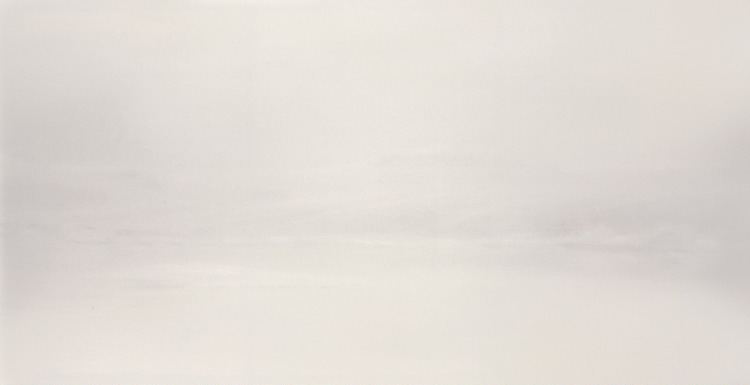 | ||
Education Xi'an Academy of Fine Art, Xi'an | ||
Qiu shihua white field documentary
Qiu Shihua (Chinese: 邱世华) is a notable Chinese landscape painter born 1940 in Zizhong, Sichuan Province, China. He lives and works in Beijing and Shenzhen.
Contents
- Qiu shihua white field documentary
- Qiu Shihua interview
- Life and work
- Solo Exhibitions
- Group Exhibitions
- References
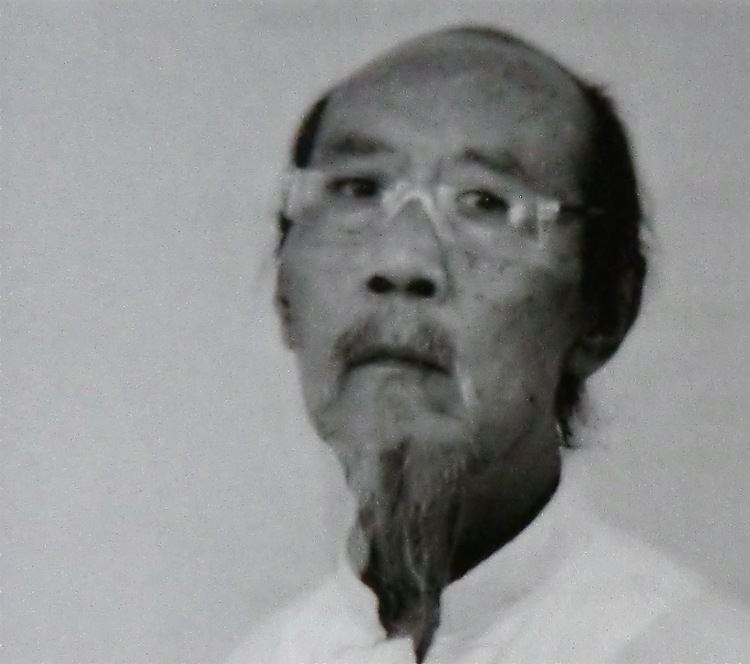
Qiu Shihua interview
Life and work

This is classical Chinese landscape painting: drifting clouds, horizontally spreading fog banks forming empty spaces, precipitous cliffs and jagged crags, perhaps a few weather-beaten trees, a waterfall; water breaking on the rocks; ink that seems to cling organically to the paper, yet still appears liquid. The Chinese for landscape is shan-shui; shan means mountain and shui water. The aim of traditional landscape painting was to create a harmonious union of these two elements.
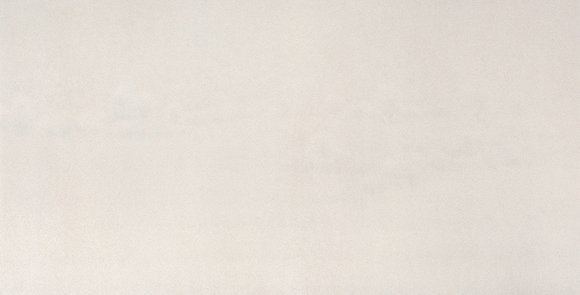
Qiu Shihua was born in 1940 in Sichuan Province, but today lives and works in the new city of Beijing and Shenzhen. As one of the artists who enjoyed the privilege of foreign travel, he visited France in the 1980s and studied the works of the Impressionists. Qiu underwent an incredible development in the course of the 1990s, moving from traditional landscape painting to find a very personal style. An un-trained eye might find in his work little more than an almost unmodulated white, but his minimalist style of painting has nothing in common with the forms of expression from Western art history. The paintings seem Impressionist, but the Impressionists’ ideals---the view from out-side, the pure appearance of the outside world on the retina—are the opposite of Qiu’s. Rather, he represents the landscape—or what is left of it—as an expression of the soul. Nor are his white paintings obligated to abstraction or monochromatism. Qiu certainly abstracts from reality, goes to the limits in reducing the recognizable world, but it is always there somewhere; all his pictures remain figurative. They are radical within the category of landscape painting. They follow no systematic, conceptual search for the fundamentals of painting, of the kind Robert Ryman pursues in his works, for example. Qiu Shihua’s paintings originate in traditional Chinese landscape painting. They were initially done on paper, then paper mounted on canvas, and most recently, canvas (ungrounded or almost ungrounded). The formats grew and grew. Slightly speckled oil paint spreads out across the paper or canvas.

The painting seems to be behind a veil. The landscape reveals itself gradually to the concentrated and patient viewer: cliffs, water, and woodland. Like classical Chinese landscapes, Qiu Shihua’s pictures are exempt from the laws of central perspective. There is no recognizable center, neither a horizontal nor a vertical axis, no left or right, perhaps not even an up and a down. In a few brief sentences the artist describes his “philosophy”—and in this case the term really is justified. “For me north, south, east, or west count for nothing, nor do red, yellow, or blue, and certainly not past, present, or future. With endless emptiness in the heart there is neither coming not going; they are one and the same. So are my works too: simple and pale, calm and empty. All being and non-being is hidden in them, completely self-contained. In the zero condition the original countenance of the soul reveals itself.” Like the old Chinese masters, Qiu paints an inner world. The atmospheric perspective invites the eyes to roam over emptiness, a roving that permits nothing more than a diaphanous, mystical presentiment of another world. “According to Qiu, his working process grounds on the premise of forgetting about such painterly matters as motive, technique, emotion, thus achieving pure sensuality in the void space from which the image must emerge rather than construct itself.” In their method, Qiu Shihua’s white paintings follow a tradition that goes back more than a thousand years, but in their appearance they seem radically modern, even provocative. They are timeless, offer a wealth of perceptive possibilities, and can be regarded as one of the most interesting and certainly least expected contributions to painting in the past ten to fifteen years.

His works have been exhibited in shows including the 48th Venice Biennale, the 23rd São Paulo Art Biennial, the Kunsthalle Basel and the Exhibition "Mahjong - Chinesische Gegenwartskunst aus der Sammlung Sigg" which has been shown in Europe and the U.S.A. Qiu Shihua is represented by Galerie Urs Meile, Beijing-Lucerne.
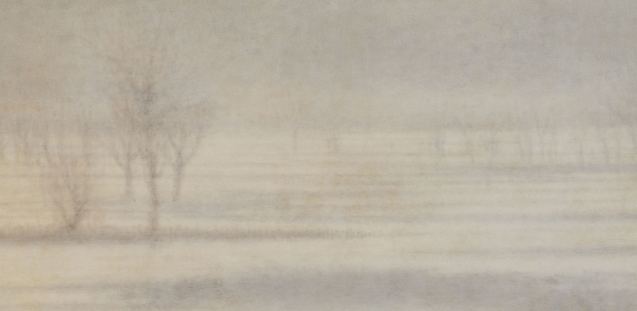
Qiu Shihua stands apart from not only these figurative painters but the whole maximalist surge in contemporary Chinese art. A product of the Xi’an Academy and a former sign painter, he was able to spend time in Europe and the U.S. in the late 1980s but owes his distinctive style to traditional Chinese painting precepts and his strong Taoist beliefs. Since the early 1990s he has specialized of off-white oil paintings that he says actually depict-through subtle gradations of tone- natural vistas derived from Chinese masters and the Impressionists. While Western viewers might relate his works to minimalism or conceptual art, Qiu intends his implicit landscapes to be neither purely retinal nor purely strategic. They are designed, rather, as topographies of the mind’s perceptions of the outer world, offering intimations of a spiritual dimension beyond the material.
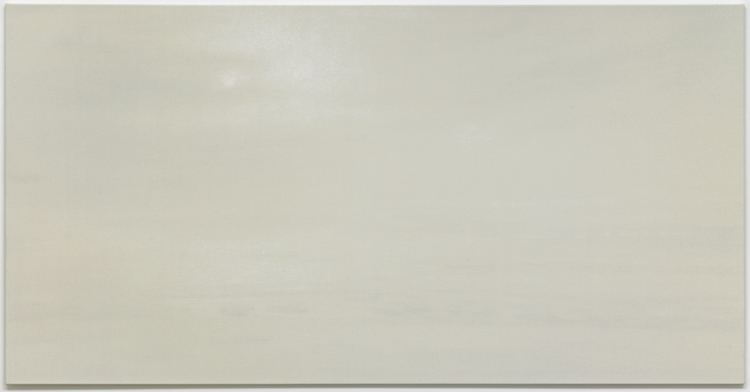
It seemed like QiuShiHua's artwork crossed the performance, illusion and reality of the gap experience. He realizes this is through those same audience will be brought to the limit of the symbol of the real structure, and calling the real world person. The mystery of nature is to present the illusion of the representation of the limit test and wake up, so that the audience feel they are introduced to some more substantial than pure performance of the contact, in a western painting form of deducing the mysterious Oriental landscape between vegetation and artistic conception.
Solo Exhibitions
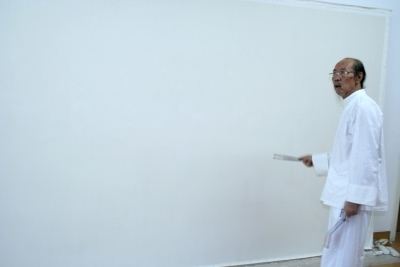
Insight: Paintings by Qiu Shihua, Chambers Fine Art, New York, NY, US
